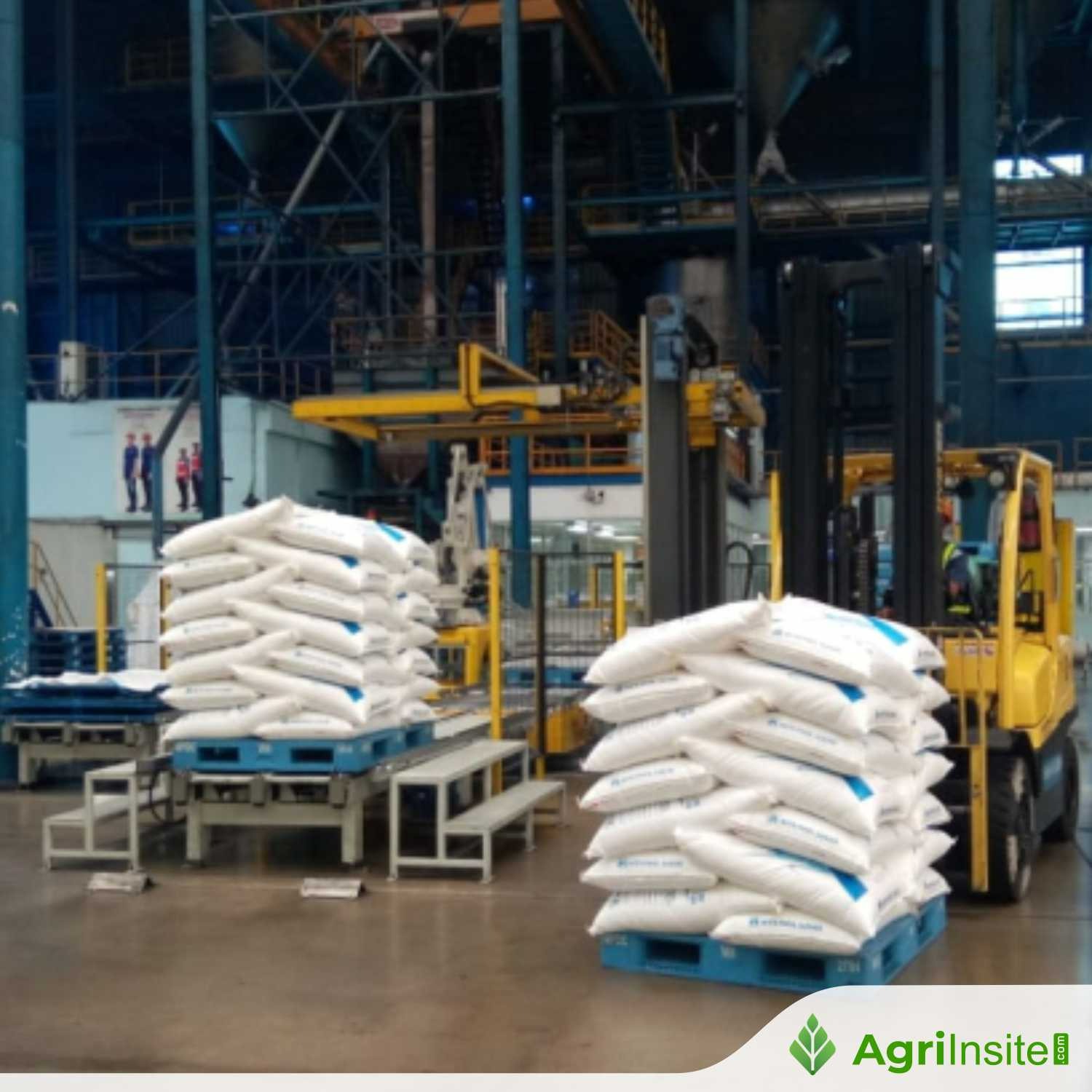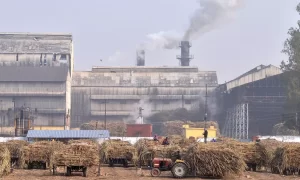Zimbabwe sugar exports surge 364pc in Q1

Zimbabwe’s sugar exports surged 364 percent in Q1 2025, rising from 3,385 tonnes to 15,711 tonnes, according to Hippo Valley Estates. Overall sugar sales grew 18 percent to 100,628 tonnes, with local sales up 4 percent. Production increased 8 percent, cane supply rose 15 percent, and revenue climbed 16 percent despite high production costs.
ZIMBABWE’s sugar exports increased by 364 percent in the first quarter (Q1) of this year to 15 711 tonnes this year, compared to the same period last year, Hippo Valley Estates Limited, the country’s biggest producer, has revealed.
Hippo Valley Estates chairman, Mr Canaan Dube, revealed this in a recent trading update for the first quarter ended 30 June in 2025.
Trade statistics provided by Hippo Valley show that sugar exports shot up by 364 percent, from 3 385 tonnes by June 2024 to 15 711 tonnes by June 2025.
“Export volumes performed better than the prior year on the back of improved opening stock position compared to the prior year.
“With better production runs currently being experienced and hence more stocks, more exports will be realised in the balance of the year,” he said.
On the other hand, local industry sugar sales marginally rose four percent from 81 626 tonnes in the quarter to June 2024 to 84 917 tonnes in the same period of 2025.
“Overall local sales performance improved by four percent, with the SunSweet brand registering a 19 percent increase above the prior year.
“However, raw sugar performance dampened overall sales growth, as a result of reduced demand from key off-takers in the beverages manufacturing sector following the introduction of the sugar tax,” he said.
Mr Dube said as most beverage manufacturers turn to local producers for their refined sugar requirements, raw sugar volumes were expected to recover going forward.
Both local and export sugar sales rose 18 percent from 85 011 tonnes by June 2024 to 100 628 tonnes in the comparable period this year.
Hippo Valley’s share of the industry market slightly improved from 49,93 percent last year to 52,32 percent this year.
Total industry sugar production marginally increased by three percent from 122 313 tonnes to 125 990 tonnes, though the Hippo Valley’s production rose by eight percent from 61 069 to 65 918 tonnes.
The update showed that total sugarcane supply to the mill grew by eight percent from 519 086 tonnes in 2024 to 559 808 tonnes this year, with the company’s portion surging by 15 percent from 297 902 to 341 655 tonnes in the same period, while the rest came from other private farmers.
The results also indicated that the total area under sugar cane and yield slightly rose by two percent from 22 885 hectares to 23 272 hectares and 61,42 to 62,63 tonnes per hectare, respectively.
“The first quarter sugar production period ended on a positive note, marked by a 15 percent increase in cane supply from the company’s plantations (miller-cum-planter).
This growth was driven by higher milling crushing rates, recognising that the crushing season has been shortened to 26 weeks from 33 weeks in the prior year.
“Resultantly, the average delivery rate of cane exceeded the prior year, supported by a consistently efficient cane delivery system.
This improvement was achieved through retooling the agricultural business unit with cane haulage equipment,” he said.
Mr Dube said cane quality improved from an estimated recovery crystal (the percentage of sucrose in sugarcane that is theoretically recoverable as sugar crystals) of 11.30 to 11.46 percent.
“Revenue realised at the end of the first quarter grew by 16 percent from the prior year’s same period, driven by an 18 percent increase in sales volume, driven by the regain of the local market share which had been lost to imports.
“Additionally, the business started the current year with adequate sugar stocks, 67 percent above the prior year, following an impressive production season in the previous year,” Mr Dube said.
Hippo Valley Estates Limited laments the high cost of production as a result of cane purchases at uncompetitive division of proceeds (DOP) arrangements and cane prices, high minimum wages and inflationary pressures on key inputs. – Herald
To Read more about Sugar Industry continue reading Agriinsite.com
Source : The Zimbabwe Mail
















